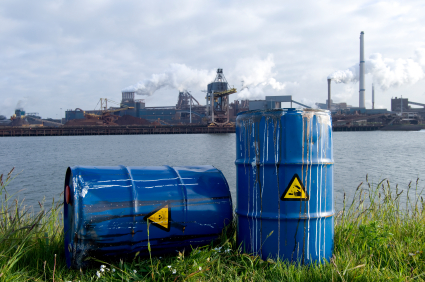Government Mandate On Waste Disposal
When you’re new to trade waste, it can be surprising to learn that you must document the waste that you dispose of. This is part of the legal process of waste disposal that ensures a strong paper trail that is traceable to a source – from waste creation to a reputable recycling and processing plant.
A large part of the documentation process is the classification of your waste. Here, we’re looking at ways to make waste classification easy.
Why should waste be classified?
Put simply, by classifying your waste you help waste disposal experts like CSH Environmental decide what to do with that waste. It is also considered part of your ‘duty of care’ as a responsible business owner. You can use the documenting process as an opportunity to flag up any potential hazardous waste to our operatives, too, keeping you and them safe.
Additional requirements will need to be met for classified hazardous waste and it is best to seek advice from professionals like ourselves in this instance.
What should I include in my waste description?
There are a few pieces of information required. These include:
- The waste classification code, sometimes referred to as LoW (List of Waste) or EWC (European Waste Catalogue) code
- Whether it is hazardous waste
- The type of premises where the waste was produced
- The name of the substance/substances
- The process that produced the waste
- A chemical and physical analysis (or N/A)
- Any special problems, knowledge or requirements for the waste
For your reference, click here to find the technical guidance on waste and waste classification codes.
How to find out if your waste is hazardous
Check the waste code against the type of waste that you are disposing of. If the code has an asterisk, then the waste is considered hazardous.
Note that some types of waste will include two entries, one for hazardous and the other non-hazardous. This usually indicates that the waste contains substances that are dangerous at or above certain levels.
In this instance you must analyse the composition of the waste before deciding on a waste code to classify it under. Seek professional help or refer to manufacturer’s paperwork to further understand the waste’s composition.
Hazardous waste can sometimes be identified by the black on orange symbols found on containers – for example, on corrosive substances – and also look out for red on white pictograms to indicate common hazards.
Never mix hazardous waste
You cannot mix hazardous waste. Whether in an attempt to dilute hazardous substances, or to hide the hazardous components, this is illegal. You may also not mix hazardous waste with other hazardous waste types or with non-hazardous materials.
In simple terms: keep hazardous waste separate whenever possible.
Here at CSH Environmental, we’re proud of our 40 years of experience within the waste disposal and recycling industry. Serving customers large and small throughout the Colchester, Chelmsford and Ipswich regions, CSH are trade waste specialists, offering comprehensive disposal and management packages to a wide variety of commercial clients. We offer trade waste, skip hire, asbestos disposal, RORO skips and aim to recycle 100% of the materials we collect. Contact us today for more information.
